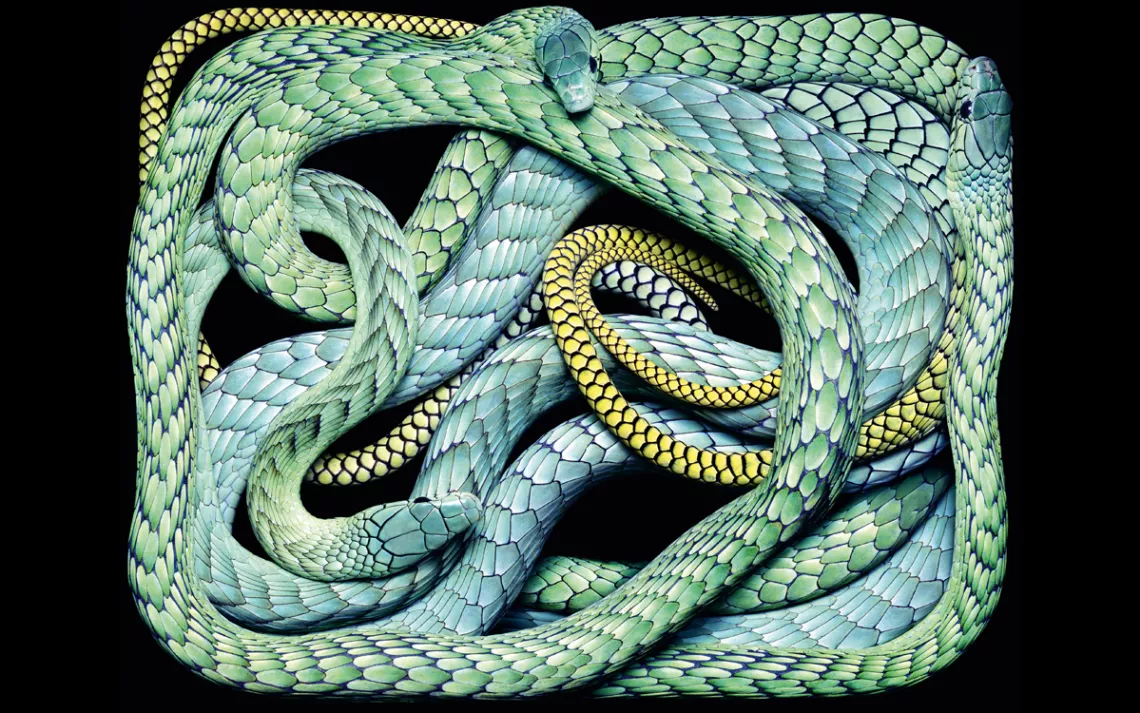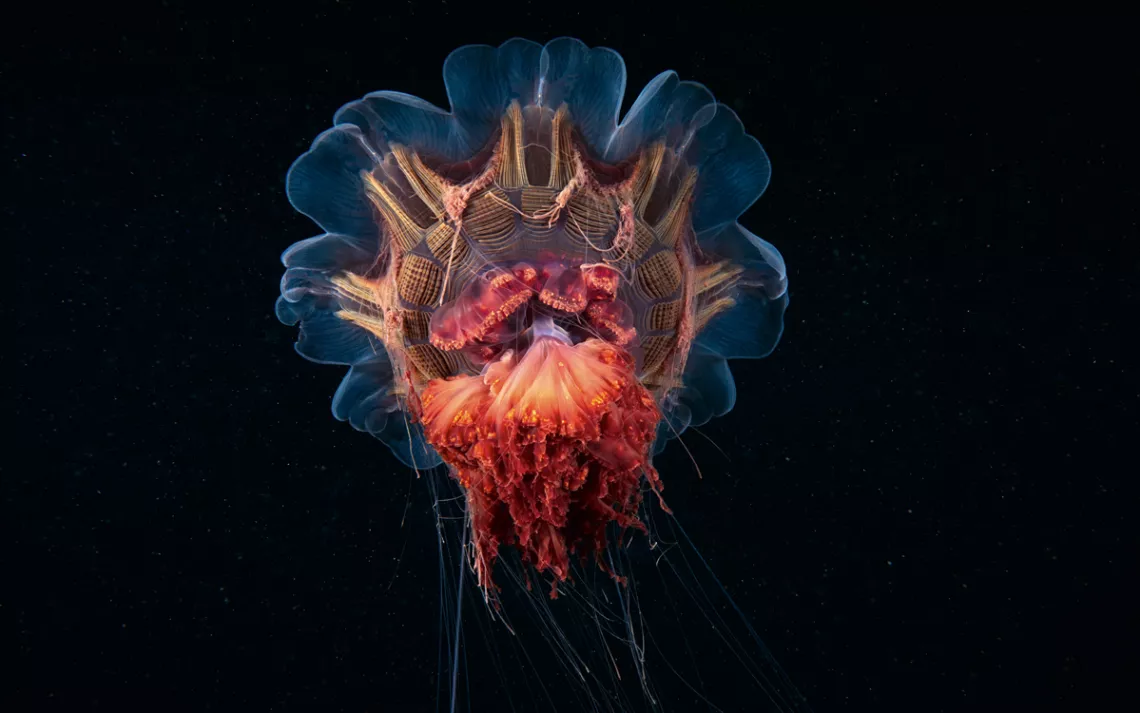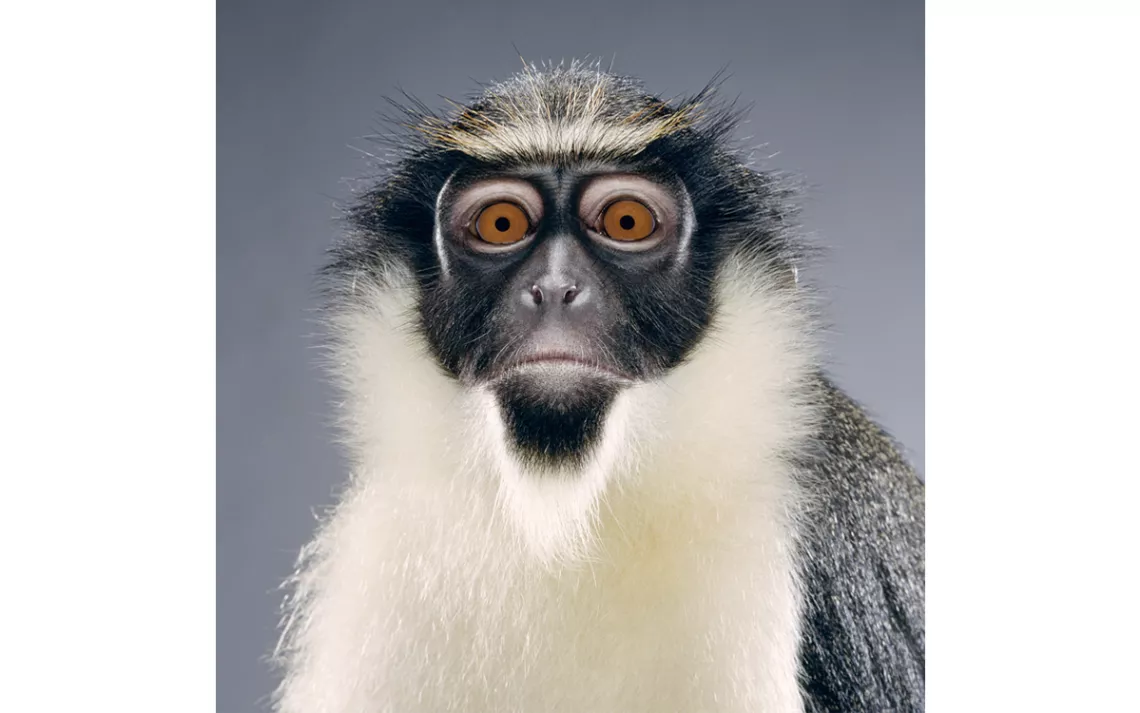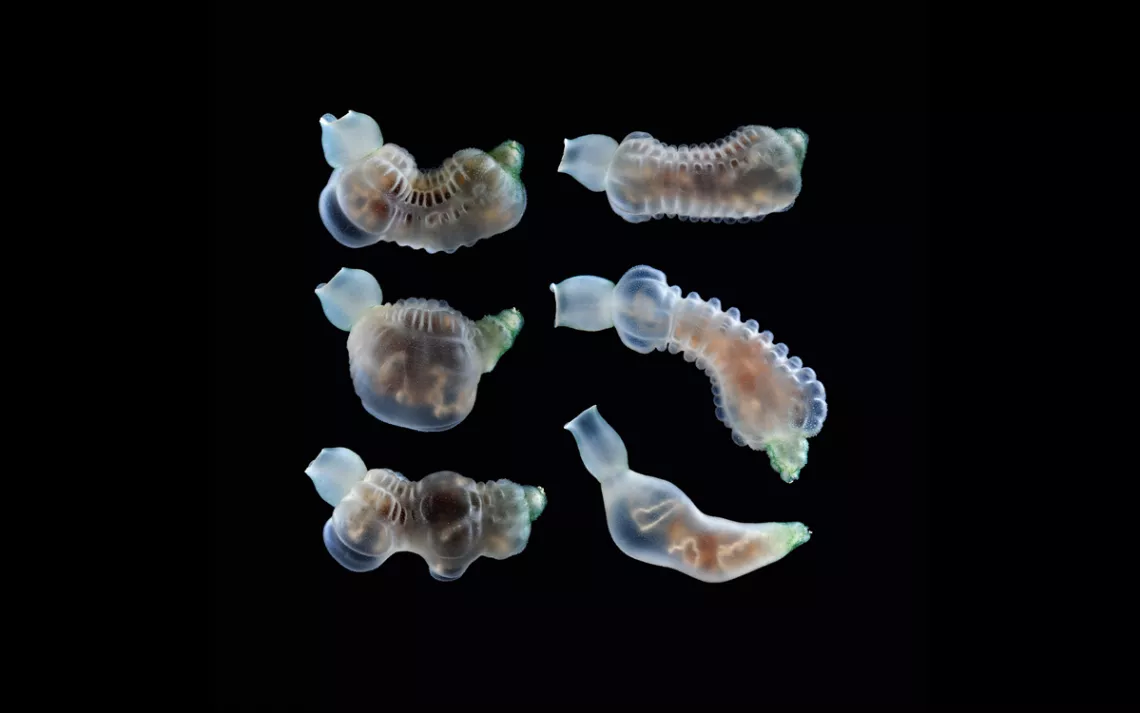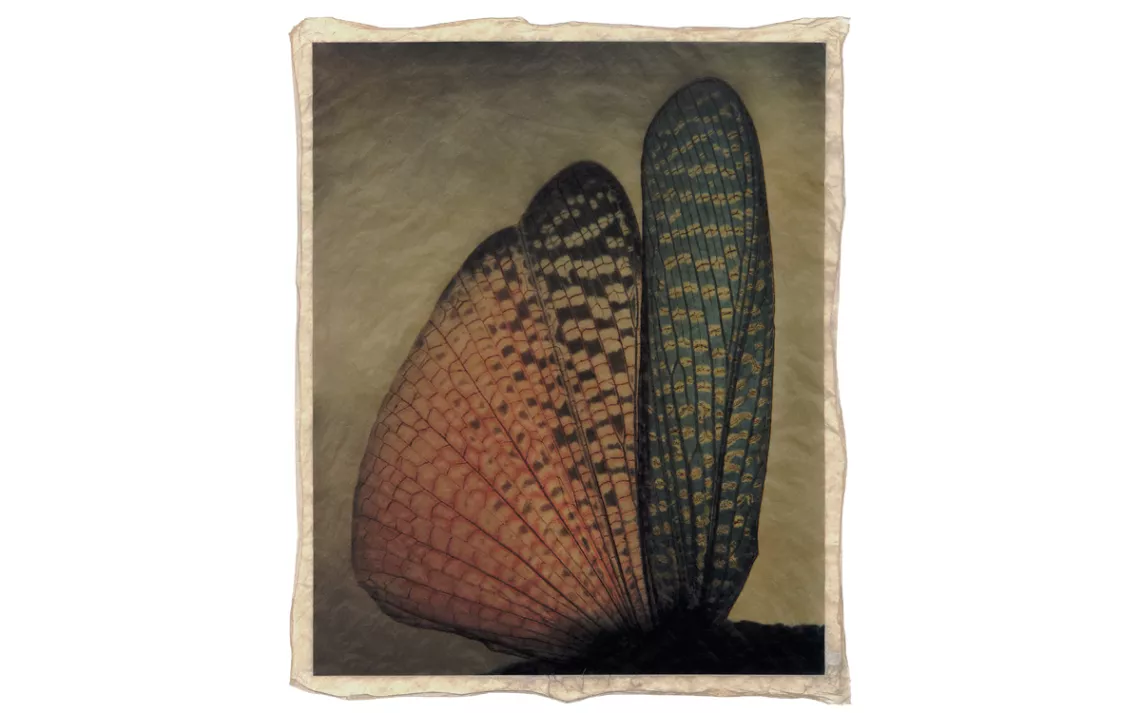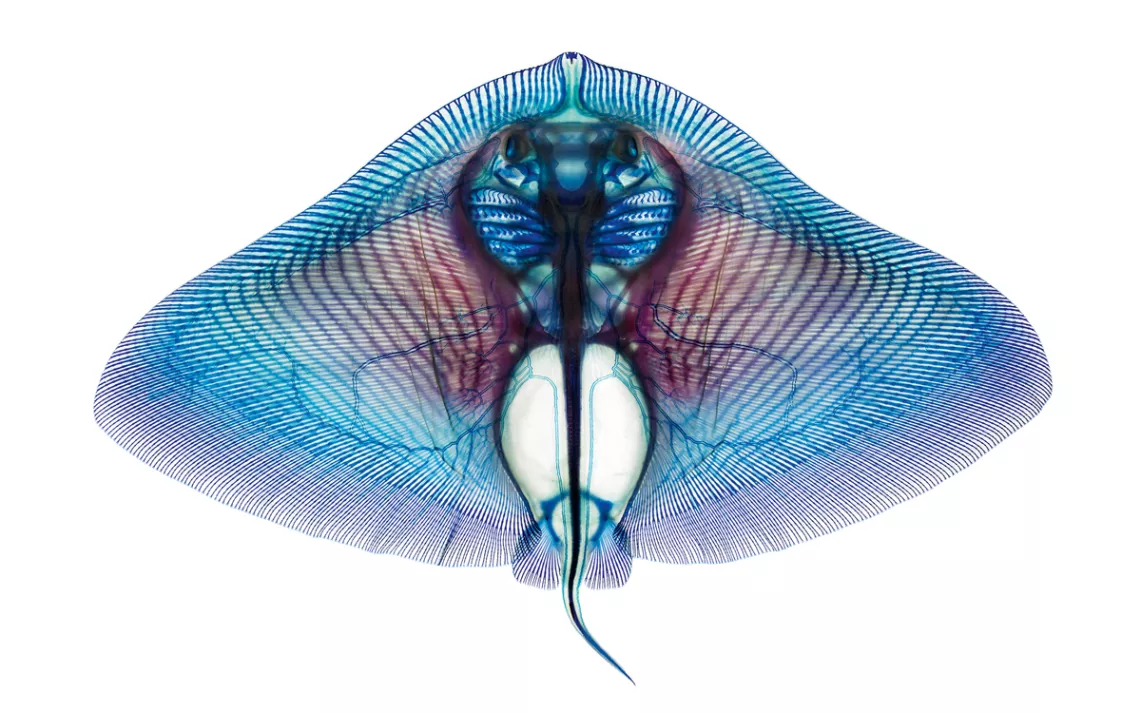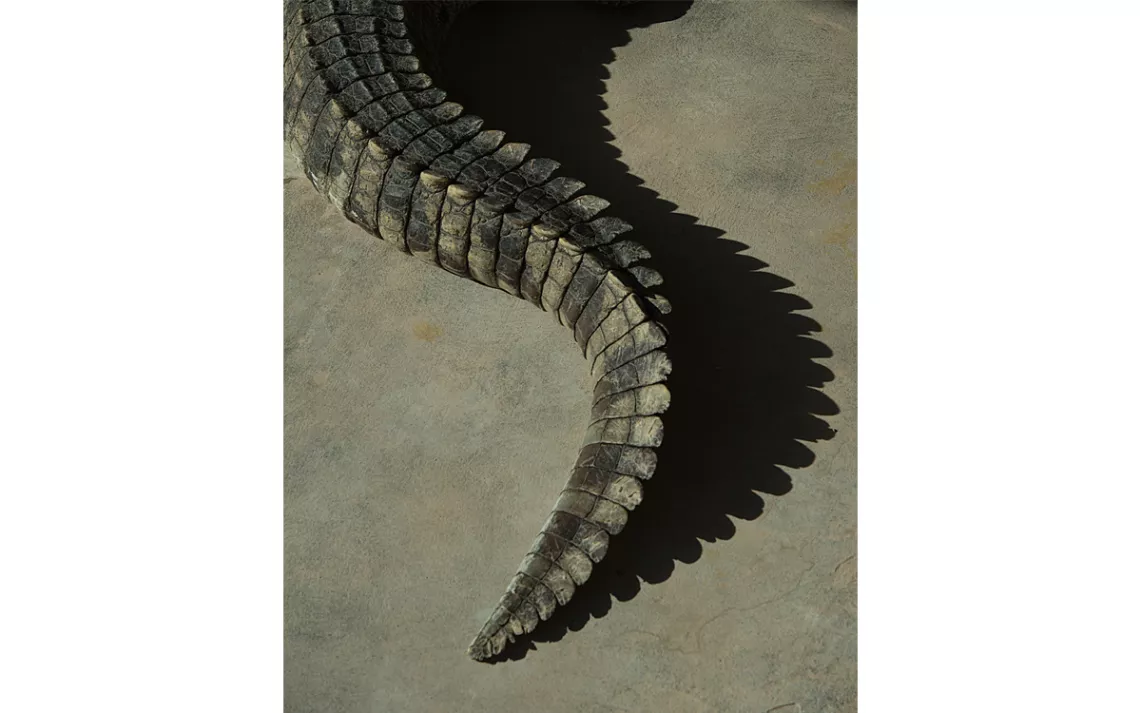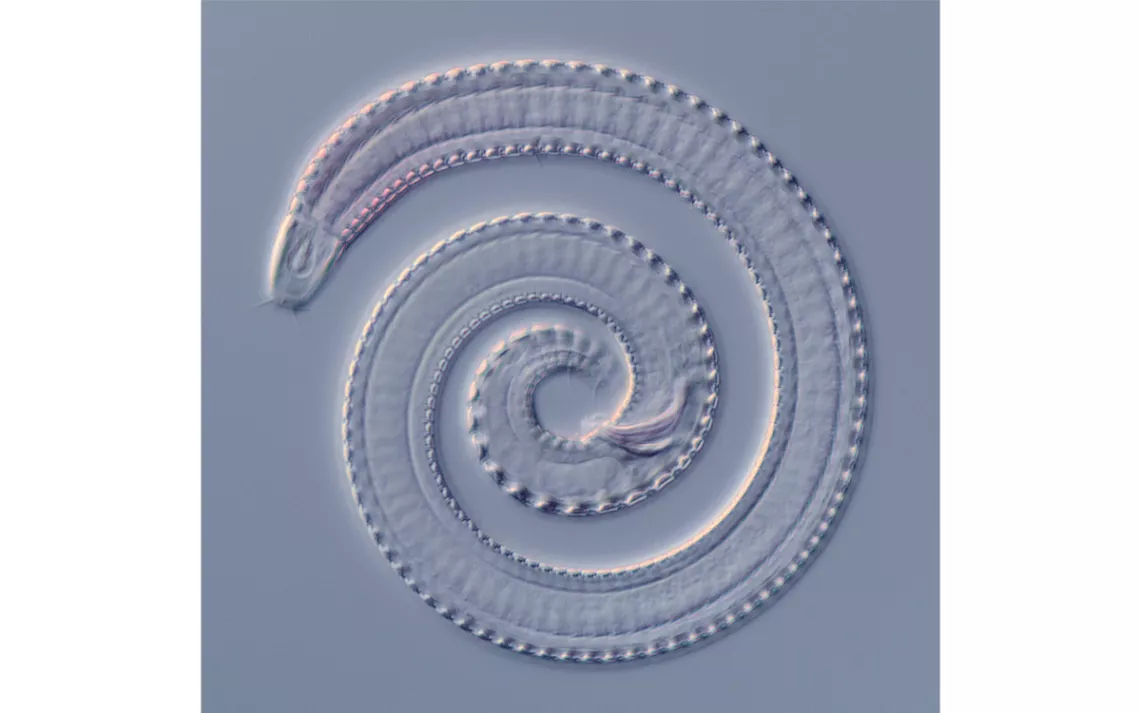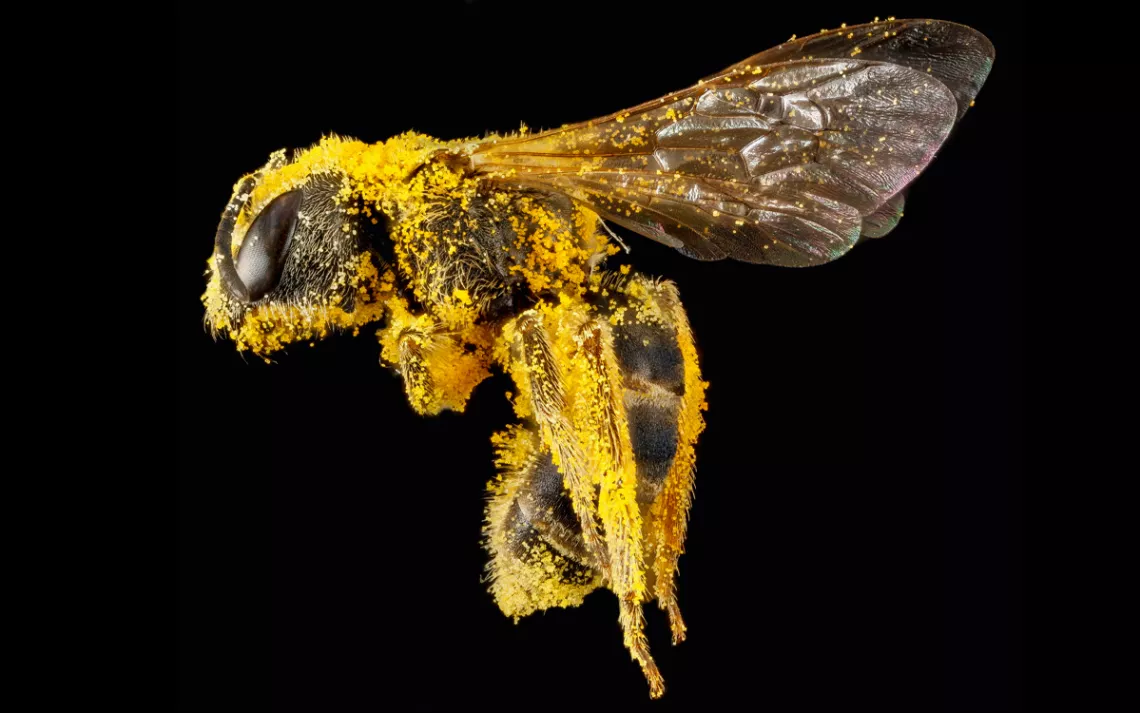Art in the Animal Kingdom
“Animal: Exploring the Zoological World” finds aesthetics in the science
The zoological world is a work of art. It doesn’t exist for art’s sake, of course. Animals have their own intrinsic value. But we as humans have long seen animals as beautiful or intriguing and in need of depiction, from cave paintings to high-res scientific imagery.
“Animals and humans have been inexorably linked for as long as our species has been in existence,” writes Harvard zoologist James Hanken in the introduction of Animal: Exploring the Zoological World. We have hunted, domesticated, and too-often destroyed animals. Yet we also revere and study them—and incorporate them into our folklore and artistic expression.
Animal: Exploring the Zoological World(Phaidon Press, 2018) is a compilation of this relationship between animals and art. Curated by a team of editors, historians, and zoologists, the book delivers 300 photographs and illustrations of animals, ranging a wide span of our historic journey to get to know with whom we share this planet, from the largest mammals to the infinitesimal nematode.
The images in Animal come from many contexts: Wildlife and commercial photography, studio portraiture, as well as scientific scanning and microscopy. The works of renowned wildlife photographers like Bence Máté and Robert Clark or commercial artists like Guido Mocafico share page spreads with images produced by biologists, zoologists, and veterinarians who use these images to further understand these animals. The result is a hardbound study in science as art, and art as science. “The two disciplines are often not as separate as is sometimes suggested, but rather mutually dependent and beneficial,” writes Hanken. “Artists help zoologists to visualize and explore their subjects, while scientific discovery informs and inspires visual representation.”
 The Magazine of The Sierra Club
The Magazine of The Sierra Club
